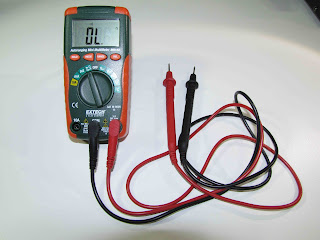There is one major flaw in this scenario...The death of the album format. Whats the big deal about albums? Who cares if they shuffle of to the elephants graveyard?
Think about what is happening in brick and mortar music stores as we speak. Call it Greatest Hits Syndrome. Look up any older artist in the CD rack at your local store and you will undoubtedly find their entire catalog replaced with a single Greatest Hits compilation. What's up with that?? An artist's entire body of work boiled down to 12 of their toe tappiest tracks. Unfortunately, iTunes is the Greatest Hits concept taken to the ultimate degree.
A greatest hits album is like a banquet where every course is a Twinkie. There's no meat. There's no spices. Just a big pile of empty calories filling up your gut hole. For a song to reside in the hit category, it needs to fall within a very narrow set of parameters. It can't be too fast or slow. It has to be straight forward enough to be instantly memorable, no complex melodies or unfamiliar chord structures. Not to long. And keep those lyrics simple! No deep concepts thank you! The truth is that hits sell! So if a band is releasing a single song, why would they chance anything that didn't fall squarely in the "Hit" category?
The good thing about the album is it provides the artist a sizeable chunk of real estate to build on. Of course an album needs a couple of catchy pop hits and at least one ballad to make the record execs happy. But then there is some space for the artist to stretch out and explore some uncharted territory. Perhaps add some intros or connecting pieces to join things together a la Pink Floyd. And a real chance to have some fun with the last song. Something out of the blue. Think Van Halen's Happy Trails on Diver Down. If they had presented that as their new single, people would have thought they had lost their minds!
Some of the best music really needs to be given a chance to grow on you. On my favorite albums, it is these deeper tracks that have stuck with me long after the hit single has worn out its welcome. Look at someone like David Bowie. He has so many musical personalities, if you just looked at his pop hits you would miss out on his most interesting work. How about Frank Zappa? If you only knew Valley Girl, you would have no idea what he was about.
It's in the best interest of music lovers that artists continue to be given the space to create interesting stories with their music. Not to be constrained to releasing pop single after pop single. If you have more that a passing interest in a band, buy the album. If the album format goes, a lot of interesting music will go with it.
A frightening glimpse of the future!



















